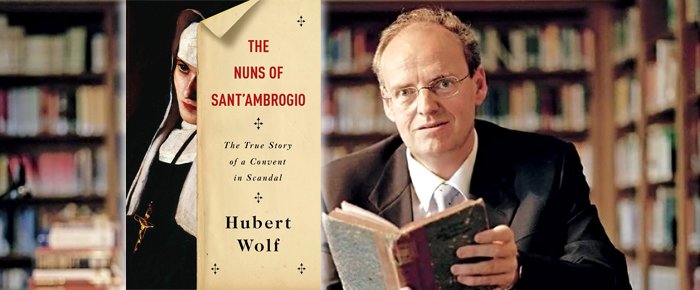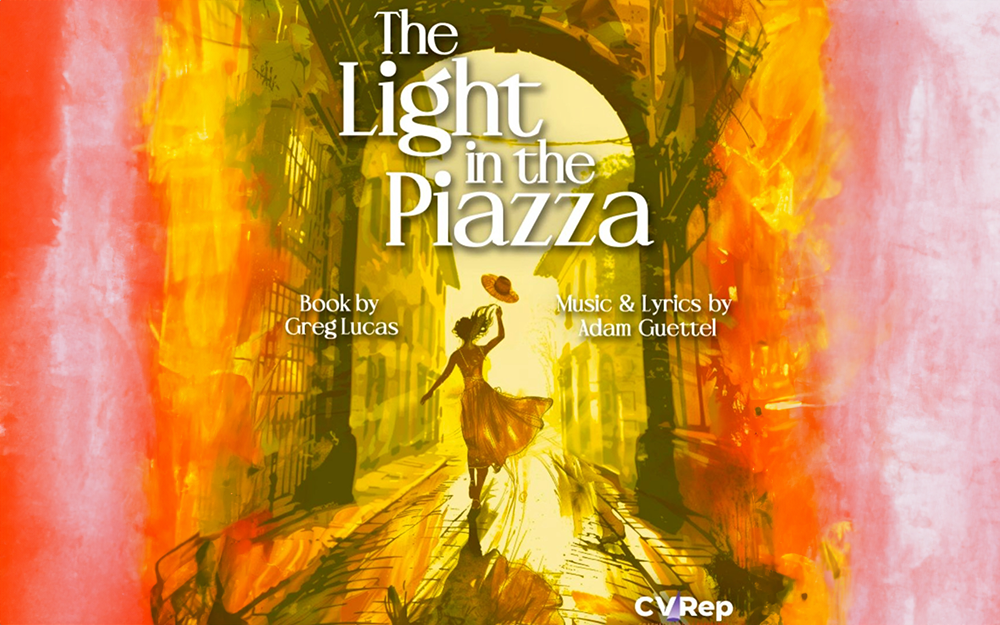
By Heidi Simmons
—–
The Nuns of Sant’Ambrogio
by Hubert Wolf
Non-Fiction
—–
Sex scandals in the Catholic Church are certainly nothing new, but in Hubert Wolf’s The Nuns of Sant’Ambrogio (Knoff, 479 pages), Vatican archives reveal the Churches’ changing politics, an inquisition and the first-hand testimony of a depraved nun and her victims. And it is shocking.
Princess Katharina Von Hohenzollern, a German aristocrat, had a religious epiphany after the death of her second husband. Well educated and mature, she longed for a pious life where she could quietly serve God.
In 1858, Katharina joined the Italian convent of Sant’Ambrogio where Maria Luisa, a beautiful 27 year-old, is the madre vicaria. This position allows her the run of the convent with keys to every room and authority over the other nuns and novitiates.
Maria Luisa’s responsibilities allowed her access to outsiders where she gains information about politics and the world. Living in the convent since she was 13, she is charming and cunning. The convent rules don’t apply to her and she rarely shows up for devotions, meals or choir. She is ambitious and constantly undermines the mother abbess.
Church hierarchy believed Maria Luisa has an “extraordinary penitential spirit” capable of healing the sick and talking with angels. She even performed an exorcism. Many considered her a saint who had superhuman knowledge of secret things.
Katharina saw it very differently as she became aware of Maria Luisa’s manipulations. Maria Luisa had an affair with a priest and sexual relationships with young nuns. But Katharina soon discovered the real power Maria Luisa possessed when she is poisoned and the entire convent is in on it!
Sneaking a letter out of the convent, Katharina desperately appealed to her cousin, a priest with close ties to Pope Pius IX. But when he came to see her, he is denied access. Months later, he forced his way in and rescued Katharine who was close to death. She was in the convent 15 months before she was freed.
The book includes the first-hand testimony of how Maria Luisa seduced nuns into her bed by saying God had spoken to her and that she was to heal them by transferring the fluid from her body to theirs. This testimony makes the eroticism in E.L. James’ Shades of Grey read like a children’s story.
As intense and as intriguing as this particular story is, The Nuns of Sant’Ambrogio is more about Catholic politics and the changing nature of the Church during this time period.
Author Wolf has done an extraordinary job with the research. One hundred pages are notes and indices. He details the Church hierarchy and the different types of Catholic thinking and varying kinds of inquisitions. He includes diagrams and charts, even the floor plan of the convent.
Wolf also includes how nuns were treated and what was expected of them. I did wonder if there was another side of the story. Was Maria Luisa a modern woman and just misunderstood? But, certainly that is not what the inquisition determined.
It took me weeks to get through this book. Parts read like a sexual thriller, while other sections are dry, intensive history lessons. Which is fine if the Catholic Church is something that fascinates you.
The stories of Katharina and Maria Luisa, along with other fascinating characters, are buried in the detailed history and politics of the time. The book didn’t have a cohesive linear narrative. The actual story was delivered piecemeal.
Although interesting, the account of the inquisition didn’t have the excitement of a courtroom drama. That was a mistake. The Nuns of Sant’Ambrogio was translated from German. Perhaps something was lost. I wanted to reorganize this book around the drama that makes this material so salacious.
The Nuns of Sant’Ambrogio is an incredible story if you have the patience to find it.










































